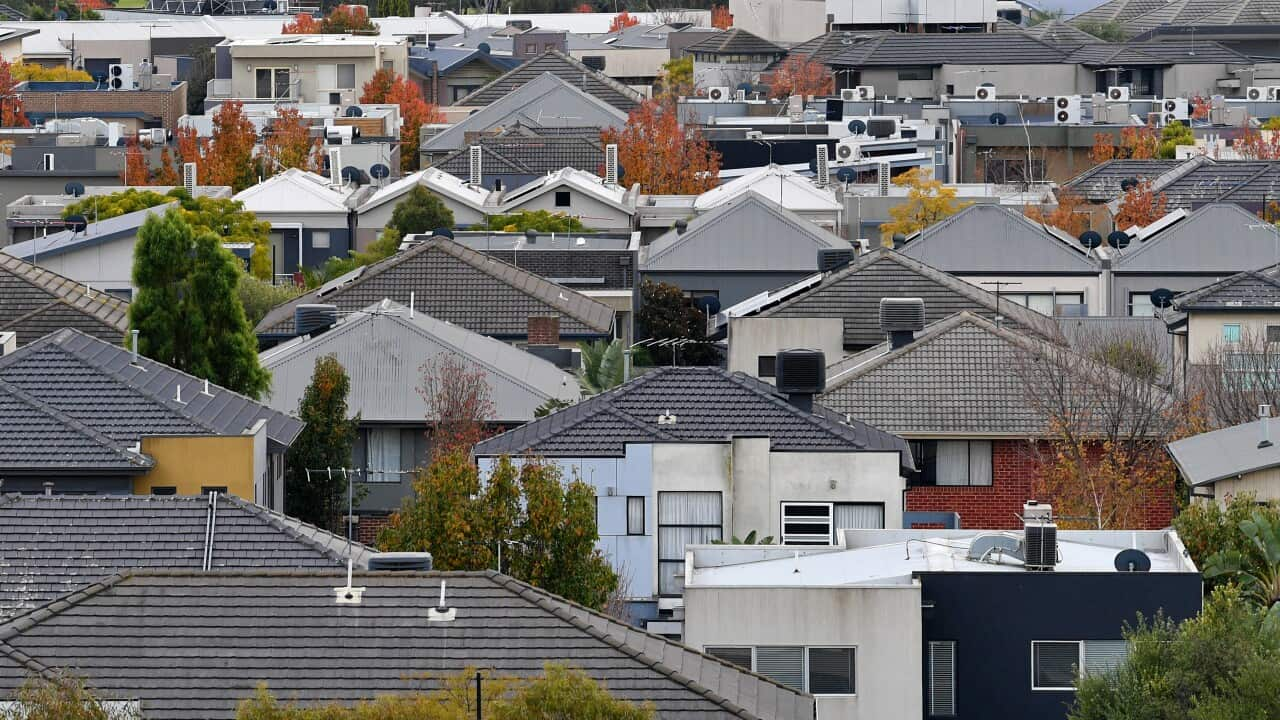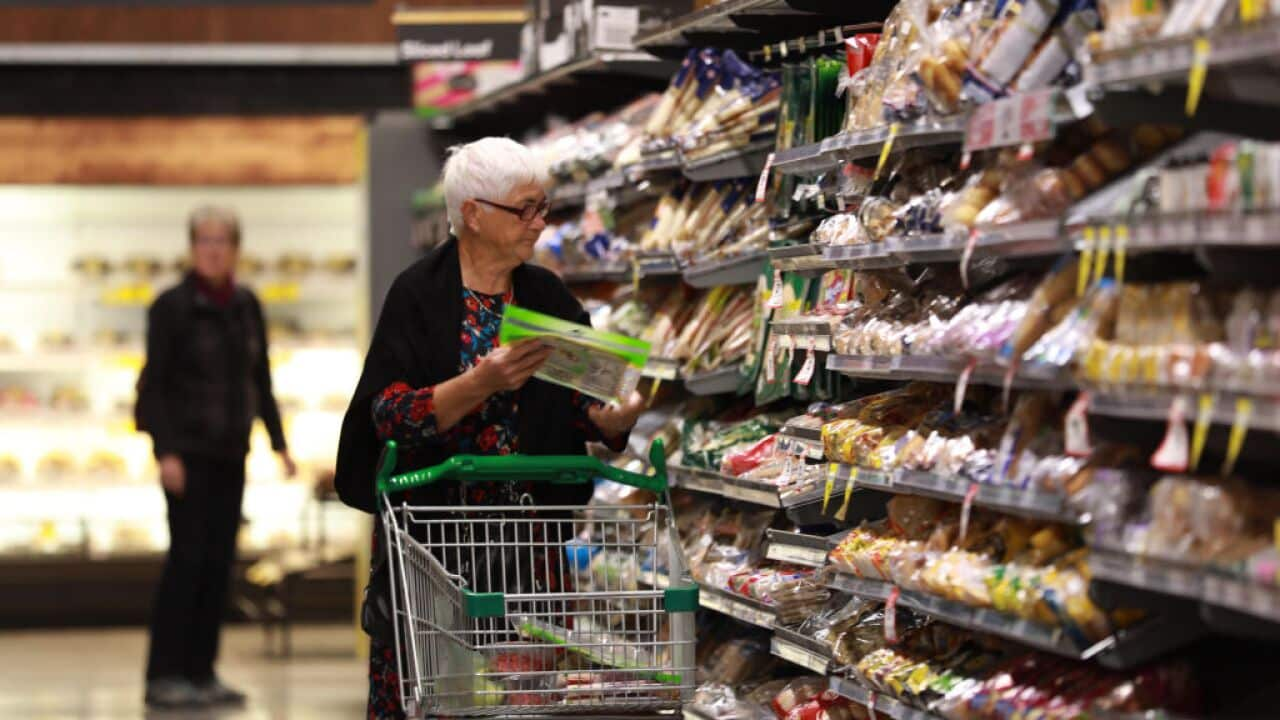Key Points
- A full-time minimum wage worker has just $57 left after essential weekly expenses, new research has found.
- Single parents are falling about $180 short of being able to afford essentials.
- Anglicare said the strain on struggling Australians is flowing on to emergency relief providers.
As the days get shorter and temperatures drop, many households around the country begin to rely on heating, but Danni* is afraid to turn hers on due to rising bills.
Instead, she says she and her three children are relying on warm clothing and hooded blankets to stay warm through Melbourne’s winter.
Danni works full-time and earns what she describes as a “good wage” but, as a single parent to three children, she is struggling to make ends meet.
“I’ve just got a notice from my electricity and gas company that their rates will be increased by 20 to 25 per cent,” she said.
“We are shivering cold and we are too scared to use the gas or heating because the last couple of bills have been huge.”
Danni has cut down on streaming service subscriptions, switched to a cheaper phone provider, and does her grocery shopping early in the morning or late at night to take advantage of marked-down items.
She also needs fillings in several teeth, but has delayed her dental work, saying she has to prioritise her children.
As the cost of living continues to rise, Danni says single parents are being hit particularly hard.
“I feel it, and I actually am pretty well paid in what I do and I’m still struggling … I don’t know how other single parents cope if they don’t earn as much,” she said.
“It’s just so hard to afford the essentials.”
Single parents unable to afford weekly expenses
Full-time minimum wage workers barely have any money left over after buying essentials, new research by not-for-profit Anglicare Australia has found.
Single parents are falling about $180 short of being able to afford essentials, Anglicare's analysis shows.
A full-time minimum wage worker has just $57 left after essential weekly expenses, while a family of four, with two full-time minimum wage workers, has just $73 left after expenses.
Essential expenses are considered to be rent, transport, food, childcare and education.
This means there may not be enough money left over to pay for utilities, telecommunications, insurance, and household goods which tend to be covered on a monthly or quarterly basis.
Rents have surged by around 30 per cent on average nationally since 2020, according to SQM Research data.
From 1 July 2023, the national minimum wage will be $23.23 per hour or $882.80 per week for a 38-hour week. After tax, it equates to just $762 a week.
Anglicare's analysis was informed by the most recent Australian Bureau of Statistics Household Expenditure Survey, adjusted for inflation.
“These numbers confirm what Australians already know. Living costs are spiralling. Essentials like food and transport are shooting up, and housing is more expensive than ever,” said Anglicare Australia executive director Kasy Chambers.
“Rents have gone up by 30 per cent since 2020, and they are forecast to keep going up over the next year."
Anglicare said the strain on struggling Australians is flowing onto emergency relief providers who are under pressure and unable to help everyone in need.
Many Anglicare providers reported seeing up to a 50 per cent increase in demand for services, including from people in paid work.
“People on low incomes did not create Australia’s inflation and cost-of-living crisis. They shouldn’t be asked to pay the price for it,” Ms Chambers said.
Energy bills have already increased 30 per cent on average in the last 12 months, and from July, households can expect to see price increases ranging from 19.6 to 24.9 per cent, depending on their region, while small business customers face a rise of between 14.7 and 28.9 per cent.
In response to expected power price hikes, the government committed $3 billion towards direct energy relief in the May budget.
While the measures coming into effect in July will ease pressures in some areas, Jennifer*, a single mother of two, doesn't think they go far enough, particularly for single parents.
She says her fortnightly grocery shop has increased in price by about $70 to $90 despite buying the same items.
“I am one that counts every single penny; I do my fortnightly shopping and I go in with a calculator,” she said.
“I’ve had to stop buying fruit and a lot of vegetables … I don’t use the heater; I’ve got extra blankets on the beds and hot water bottles instead.”
Jennifer does not work as she is studying full-time. She is also on the JobSeeker program.
She described the combination of attending classes and field work for her degree, supporting her children, meeting JobSeeker obligations and trying to find extra money to cover rising expenses as “a nightmare.”
She believes single parents are often judged or forgotten.
“There is a lot of shame there when you’re in a situation that you never thought you’d be in,” she said.
“You kind of feel like you’re left behind.”
Corporate profits under scrutiny as grocery costs soar
Grocery prices have increased such that Australians are spending $1,565 more on groceries annually on average, according to research provided to SBS News by comparison site Compare the Market.
Meanwhile, Australia's two largest supermarket groups, in their most recent earnings data released in February. However executives from both groups said costs had gone up and profit margins were weak.
Retailers are in a "cost of doing business crisis," Australian Retailers Association Paul Zahra told SBS News.
"With rising rent, utilities, labour, supply chain costs, and, insurance – retailers are left with no choice but to increase prices if they want to remain in business.
"Many large retailers are working on extremely narrow profit margins – around 3 cents in the dollar for some. "
Mr Zahra said fluctuating demand from buyers and the expectation to have sustainable stock are putting major pressures on retailers.
The Reserve Bank of Australia (RBA) acknowledged this month that corporate profits have played a part in fuelling inflation.
"Members observed that some firms were indexing their prices, either implicitly or directly, to past inflation," minutes from the RBA's latest monetary policy meeting said.
"These developments created an increased risk that high inflation would be persistent, which would make it more difficult to keep the economy on the narrow path."
In March, the Australia Institute think tank published research indicating corporate profits were the biggest driver of inflation in Australia.
"The Reserve Bank has finally acknowledged that companies are not merely responding to market forces or increased costs but are increasing prices because they can take advantage of the inflation crisis to increase their margins,” policy director at the Australia Institute’s Centre for Future Work Greg Jericho said in a statement.
“Perhaps now the RBA will be inclined to stop punishing everyday Australians and blaming their modest, below-inflation wage rises.
“Companies are the ones that set prices, not workers."














